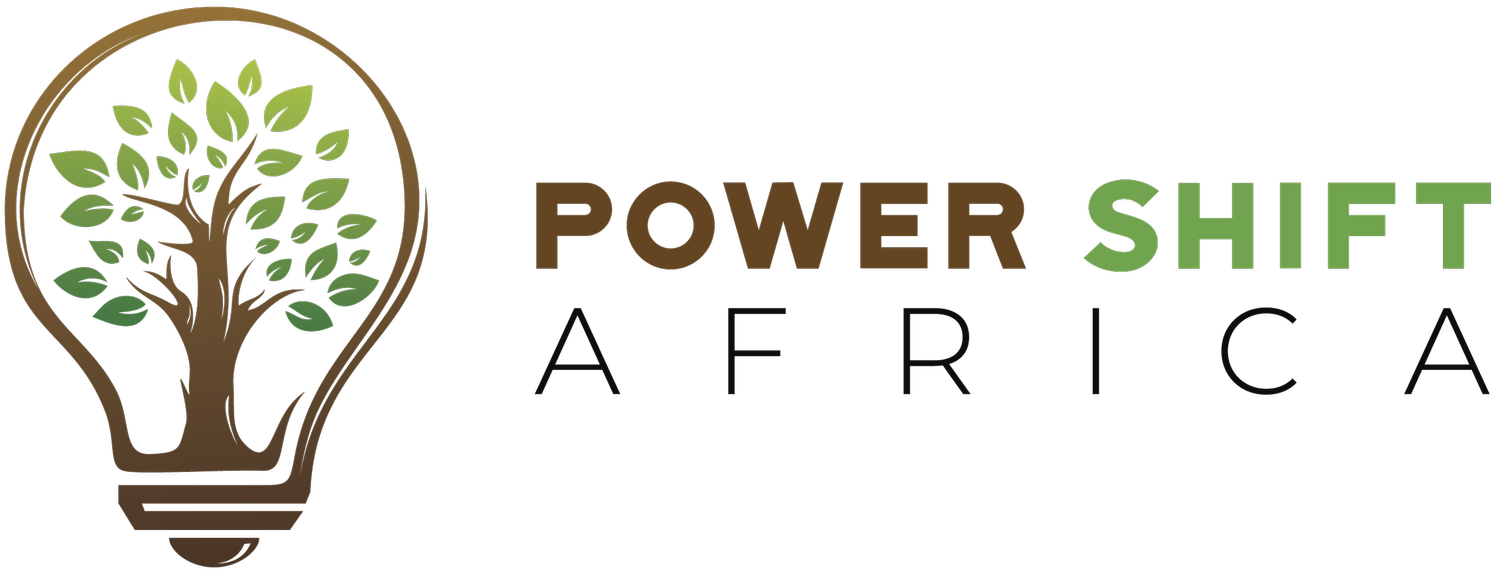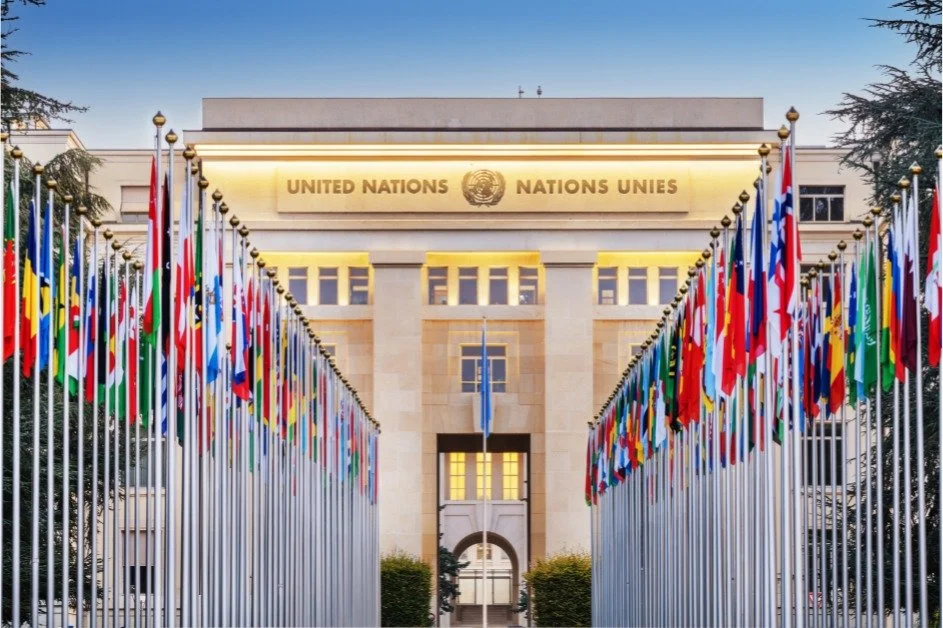The United Nations At 80: A Lifetime Through Humanity’s Highs and Lows
If the United Nations were a human born in 1945, it would have grown up in a world of war, pandemics, refugee crises, hunger, technological miracles, and a planet on the brink. This piece traces that imagined life story — one filled with survival, breakthrough, heartbreak, and hope — to question whether the global future the UN was created to protect is still within reach.
By definition, the United Nations is a wartime baby. Throughout his life, the UN has been surrounded by conflict and genocides, including the recent one in Gaza.
If he were a child born in the Middle East, the UN would likely be among the more than 50,000 Palestinian children murdered by Israeli rockets and bombs.
If not, he would certainly be a refugee from Lebanon, Syria, or Jordan. Or one of the 20 million other stateless people in the world.
If he were lucky enough to survive the war, chances are he would probably be among the 7 million lives lost to COVID-19.
Or the 44 million people killed by the HIV/AIDS pandemic to date.
There’s a good chance, though, that he would have survived smallpox.
If he were born on the continent, he would likely be among the 300 million Africans stuck in the jaws of starvation and undernourishment.
He would also have a 50 percent chance of no access to essential healthcare services.
At 24, he would have witnessed man land on the moon, experienced breakthroughs in technology and the breathtaking capabilities of artificial intelligence.
He would have lived through the climate crisis, the scale of which has not been seen before.
Fortunately, he would have been 70 when the world established the Paris Agreement, setting in motion efforts to prevent a total climate collapse.
At 80, however, and with life fast slipping away from him, he’d be frustrated at the half-hearted implementation of global climate commitments.
The world the UN came into in 1945 is barely the same anymore. Humanity has changed, and with this change, the stability of the planet.
Complex wars, widening inequality, climate Armageddon, innovation, and unprecedented humanitarian crises define life on Earth.
Still, the hope of a better future keeps him positive about life.
What does that future look like for him, though? Is that future even possible?

